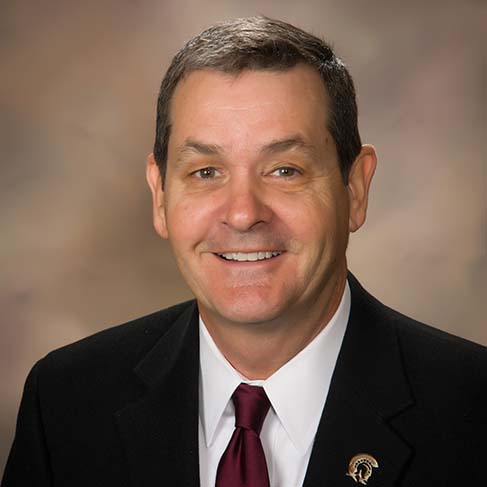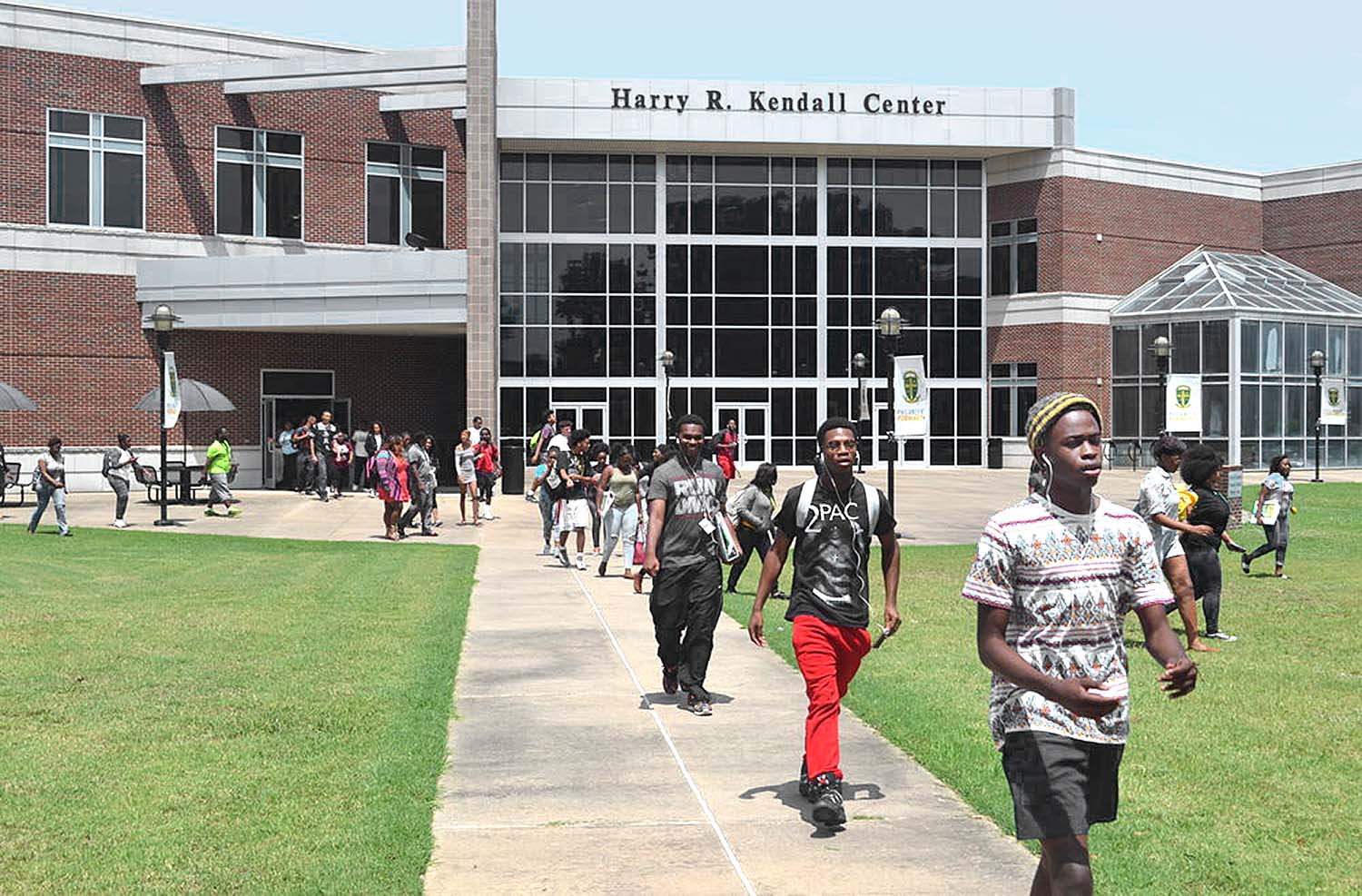Dusty Relics of Arkansas History
January 14-20, 2019
By Bob Denman
bgdenman@ualr.edu
Who was Philander Smith?
Philander Smith College is a central Arkansas institution, well into its second century, this historically black, four-year liberal arts institution boasts notable alumni including Harlem Globetrotter Geese Ausbie, former United States Surgeon General Dr. Joycelyn Elders, NFL star Elijah Pitts, and Al Bell the founder of Stax records. The creation of the school was Arkansas’s first attempt to provide education to former slaves west of the Mississippi.
I have lived in Little Rock my entire life and often wondered who Philander Smith was, and how his name become associated with the college. That story is a Dusty Relic of Arkansas History.
I, of course, assumed he was a famous 19th century Arkansan, maybe an important early educator or well respected political figure who played a role in the school’s founding. Not so, and in fact, Philander Smith never saw the college and likely never even heard of it.
Philander Smith was the son of David Smith, whose 1801 sawmill in upstate New York gave name to the village of Smiths Mill before becoming Adams New York honoring former president John Adams. Son Philander and his wife Adeline moved west and were some of the earliest settlers of Oak Park Illinois in the mid 19th century. It was there where they made a name for themselves as real estate brokers and philanthropists providing financial assistance to Methodist missions in India, China, and Japan.
Like all African-American colleges and universities in the United States, Arkansas’s first historically black, four-year college owes its origins to the Freedman’s Bureau organized in the years immediately after the Civil War and their direction that education be made available to black Arkansans. What began as Walden Seminary in 1877, located in the Wesley Chapel at the Methodist Episcopal Church at 8th and Broadway, became Philander Smith College just five years later. The original school was named after John Walden, the secretary of the Freedman’s Bureau.
Adeline Smith, by 1882 the widow of Philander Smith, saw a public appeal for support of Walden Seminary in The Christian Advocate, one of the country’s largest and most successful weekly newspapers. Knowing her late husband had strong interests in both the church in the South, and the educating of newly freed citizens of the United States, she donated $11,000 of the $125,000 estate to Walden Seminary which was promptly renamed Philander Smith College. The donation allowed for the school’s relocation to its current site, construction of the first brick building on campus – Budlong Hall and the expansion of academic offerings.
It was Adeline Smith that made the gift. She in fact, gave away all but $10,000 of her late husband’s estate – her inheritance. She was described by her church as humble, gentle, and unobtrusive. She took great joy in giving and had this happened a hundred years later, the college would have likely included her name. The early Philander Smith campus did include a nod to Mrs. Smith with the inclusion of the Adeline Smith Industrial Home, also funded by Mrs. Smith, where young girls learned the practical skills of home life and the domestic sciences.
When visiting Philander Smith, or just driving by on the interstate, think too of Adeline Smith, a name equally synonymous with the college and no longer a Dusty Relic of Arkansas History.
PHOTO CAPTION:
Like all African-American colleges and universities in the United States, Arkansas’s first historically black, four-year college – Philander Smith College – owes its origins to the Freedman’s Bureau organized in the years immediately after the Civil War and their direction that education be made available to black Arkansans. (Photo via philander.edu)




